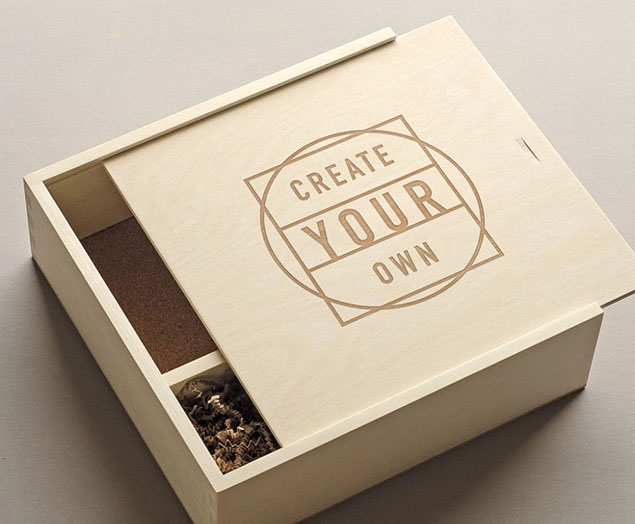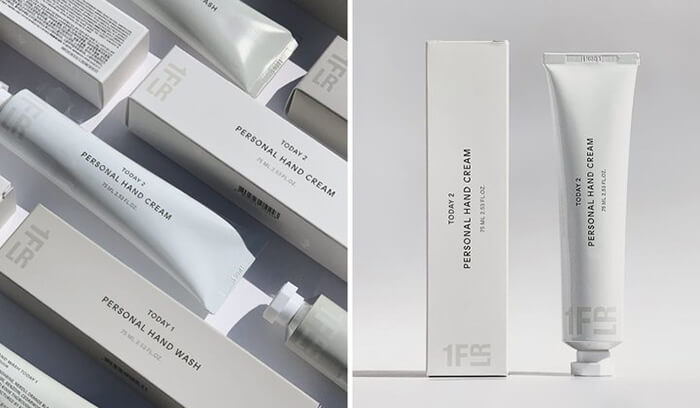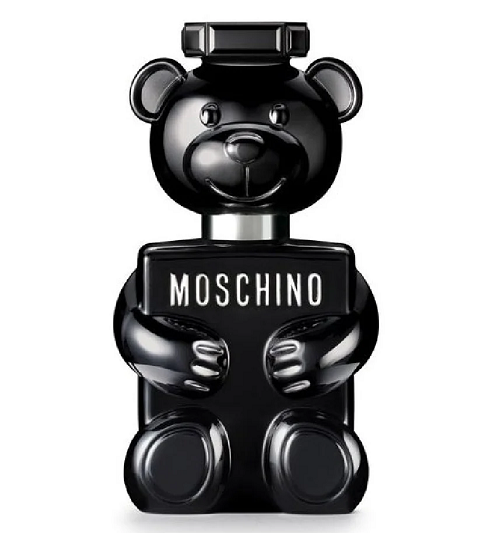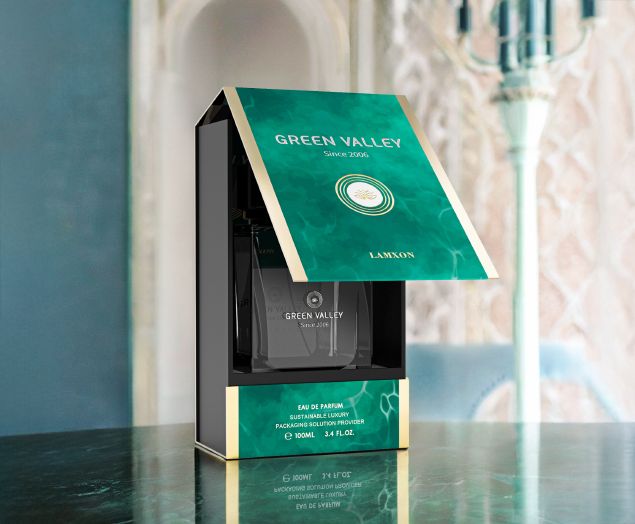How To Make Box Packaging For Frozen Food?
As the demand for frozen food continues to rise, effective packaging becomes crucial to ensure product quality, safety, and appeal. Box packaging for frozen food plays a vital role in preserving the freshness of the products, protecting them from external factors, and providing necessary information to consumers. In this comprehensive guide, we will delve into the intricacies of creating box packaging specifically tailored for frozen food. Whether you’re a food manufacturer, a packaging designer, or simply interested in the subject, this article will equip you with the knowledge and insights to produce high-quality, visually appealing, and functional frozen food packaging.
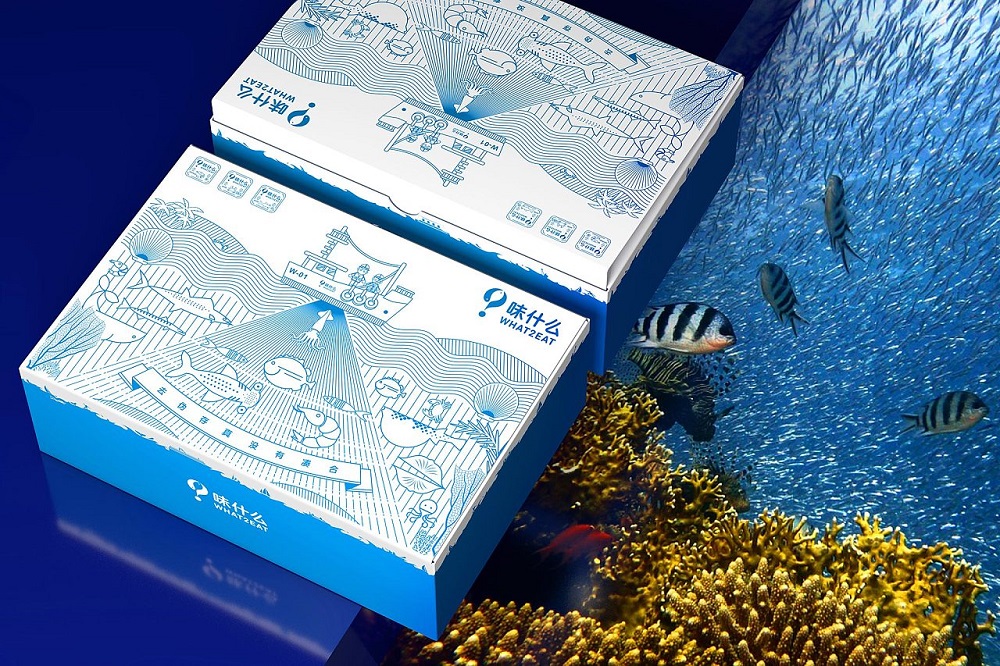
Importance of Packaging for Frozen Food
Packaging plays a critical role in the frozen food industry as it directly impacts product quality, safety, and consumer satisfaction. Here are some key reasons why box packaging is important for frozen food:
- a) Preservation of Quality: Frozen food packaging aims to preserve the quality and freshness of the products. Proper packaging prevents the entry of moisture, air, and contaminants, which can degrade the food’s texture, flavor, and nutritional value. It helps maintain the product’s taste, appearance, and overall quality until it reaches the consumer.
- b) Protection from Physical Damage: Packaging provides a protective barrier against physical damage during handling, transportation, and storage. It prevents product breakage, crushing, or deformation, ensuring that the frozen food remains intact and visually appealing.
- c) Extended Shelf Life: Packaging materials and techniques used in frozen food packaging help extend the product’s shelf life. By creating a barrier against oxygen and moisture, packaging minimizes the growth of bacteria, slows down spoilage, and preserves the food’s freshness for a longer duration.
- d) Consumer Convenience: Frozen food packaging enhances consumer convenience by providing easy-to-use and resealable options. Packaging with appropriate labeling and instructions enables consumers to identify the product, understand cooking instructions, and conveniently store any unused portions.
How To Make Box Packaging For Frozen Food?
To make box packaging for frozen food, you’ll need to consider several factors to ensure the food remains safe and in good condition. Here’s a step-by-step guide to help you create box packaging for frozen food:
- Select a suitable box: Choose a sturdy, corrugated cardboard box that is capable of withstanding freezing temperatures. Ensure the box is of appropriate size to accommodate the frozen food items without excessive empty space.
- Insulation material: Since frozen food requires insulation to maintain its temperature, line the inside of the box with an appropriate insulating material. Common options include foam inserts, insulated liners, or dry ice.
- Create compartments: If you have multiple food items or different varieties of frozen food, create compartments within the box using dividers or cardboard inserts. This will help keep the items separate and organized during transportation and storage.
- Package the frozen food: Properly package the frozen food items to maintain their quality. Ensure that each item is sealed in airtight, moisture-resistant packaging to prevent freezer burn and maintain freshness. Use suitable packaging materials such as vacuum-sealed bags, freezer-grade plastic wrap, or food-grade freezer bags.
- Arrange the food items: Place the packaged frozen food items into the designated compartments within the box. Be mindful of the weight distribution to prevent damage during handling and transportation. Heavier items should be placed at the bottom, while lighter items can be placed on top.
- Seal the box: Close the box securely using high-quality packaging tape. Reinforce the seams and edges of the box to prevent any air or moisture from entering. This will help maintain the frozen food’s temperature and prevent any potential contamination.
- Label the box: Clearly label the box with important information such as “Frozen Food,” “Perishable,” and “Handle with Care.” Include any necessary instructions for handling and storage. You can also add a “Use By” or “Best Before” date to ensure proper rotation of stock.
- Additional considerations: Depending on the nature of the frozen food and its specific requirements, you may need to include additional materials like gel ice packs or dry ice to maintain the desired temperature. These can be placed strategically within the box to provide extra insulation during transit.
It’s essential to follow food safety guidelines and regulations when packaging frozen food. Consider consulting with a food packaging expert or your local health department to ensure compliance with specific regulations in your area.
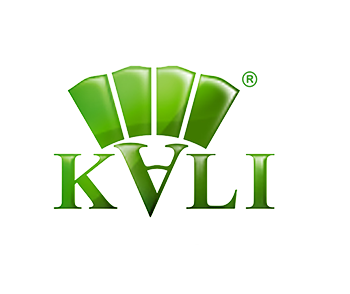
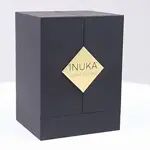
Top 10 Creative Cosmetic Packaging Design Ideas & illustrations 2023 | Luxury-Paper-Box.Com

10 Customs Of The Spring Festival (Lunar New Year) You Need To Know

Top 10 Best Lattafa Perfumes for Women & Men in 2024
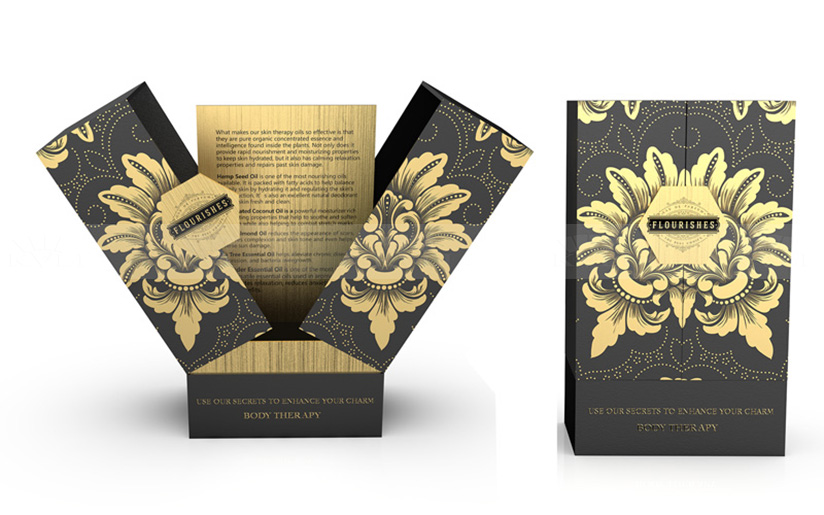
Top 10 Best Packaging Design Software 2023 (Free & Paid)

Choose Your Best Eyeshadow Palette

Why Sustainable Packaging Matters for Luxury Electronics
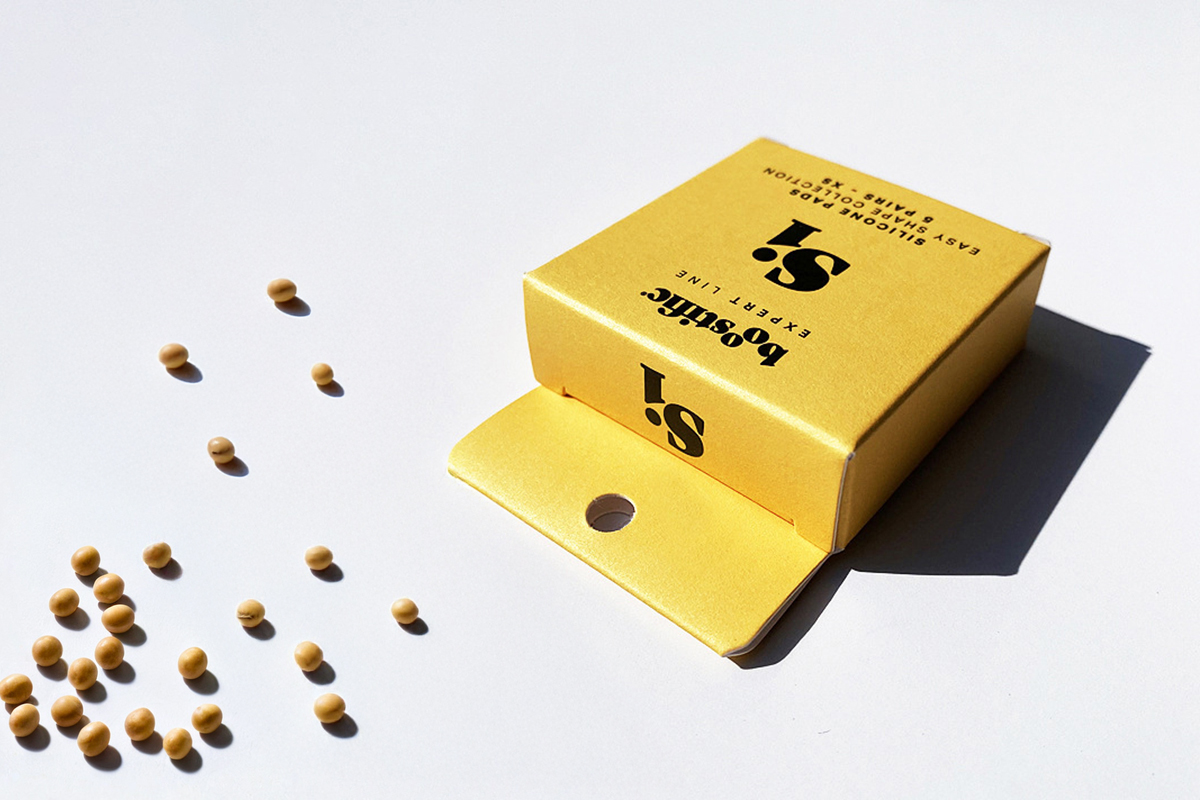
Why Choose Soy Ink As The Printing Material For Packaging Boxes?
